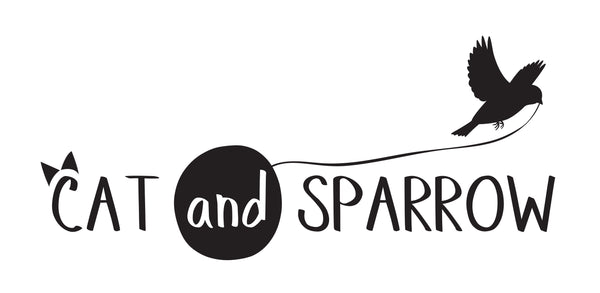I've been meaning to write blog posts about fibres I love to work with for absolutely ages, so I'm planning on this becoming a regular feature. Hit me in the comments with any fibres you're interested in that you'd like to know more about.
This week's focus is Seacell, which is a pretty fabulous fibre in so many ways. It's plant-based, sustainable, has low environmental impact, is soft, strong and absorbent (but not in a loo-paper type of way) and it's completely biodegradable.
Production and Environmental Credentials
I could get into a very long-winded explanation of how Seacell is produced, but if you really want to know more about that in detail, you can go here. In short, Seacell fibre is a blend of wood-based cellulose and seaweed, specifically knotted wrack, which anyone in the UK will be familiar with from trips to the seaside. The wrack is harvested sustainably once every four years, which allows the wrack beds to regenerate. The drying and cutting process is natural and doesn't involve any chemical additives.
The seaweed is then added as an active ingredient to wood cellulose and is processed using the Lyocell method, which works on a closed loop processing system. With Lyocell, this means that caustic soda, the usual solvent used to extract the cellulose, is replaced by a non-toxic organic compound called NMMO. The water in which the cellulose is processed can then be filtered and reused, reducing the amount of water used and eliminating toxic waste from the process. Even better, the wood used in the production of Lyocell is harvested from sustainable eucalyptus forests.
There are some health giving properties ascribed to Seacell that sound almost magical, and of which I am healthily sceptical, Manufacturers claim that because the health-giving minerals and vitamins found in seaweed transfer through our skin into our systems, we benefit from wearing Seacell in more ways than just our comfort. For more information on this controversy, go here and here. I'm remaining on the fence until more scientific evidence is available!
What's it like to spin?
Some people compare Seacell to silk when it comes to spinning, but I don't find them particularly similar. They are both beautifully lustrous, but Seacell is smooth and much more slippery, and its fibres are shorter than silk fibres tend to be - it has a staple length of around 3-5 inches. The fibres slide over each other easily and, like bamboo, it can be tricky to control the consistency of the yarn. I haven't tried spinning it into single ply yarn but I have heard that Seacell singles can come apart quite easily thanks to its slippery qualities. That suggests to me that it needs a pretty high amount of twist, and probably does much better as a plied yarn as a result.
It does make an exceptionally smooth and drapey two-ply yarn, which is lovely to handle and feels very soft to the touch. It lacks natural elasticity, so blending it with other fibres works really well, especially if you want to make something like socks with it.
Where can I get hold of this magical stuff?
Well, it's funny you should ask that... One of the first ever blends I designed uses Seacell, and I love it. It's a mix of alpaca, Seacell and silk, and it's beautifully soft, fluffy and drapey while being warm, light and breathable. Alpaca takes dye in a soft and muted way, silk with brilliance and Seacell not at all, so it's lovely to spin with in terms of depth and complexity of colour too. You can find it here in some deliciously sumptuous colourways.If you want to try Seacell in its unblended form, you can get it from World of Wool or Adelaide Walker.

